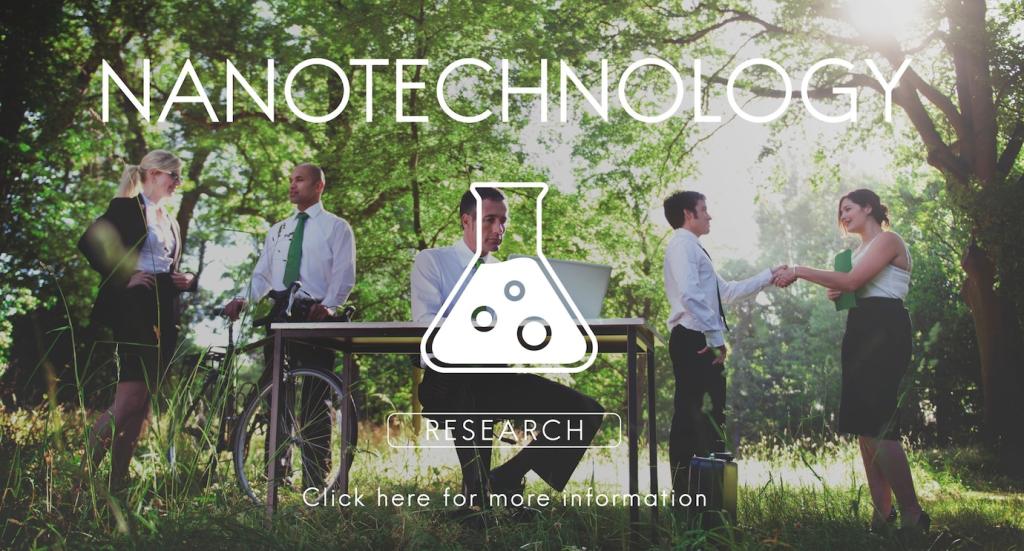Circular Economy in the Fashion Industry
The concept of a circular economy is transforming the fashion industry, challenging traditional linear processes of production and consumption. Instead of the conventional take-make-dispose approach, the circular economy emphasizes designing out waste, keeping products in use, and regenerating natural systems. By adopting circular principles, the fashion industry can address pressing environmental issues, reduce resource consumption, and promote a more sustainable future. This page explores the fundamental aspects of the circular economy in fashion, its implementation, the challenges faced, and the opportunities for the industry to innovate and lead by example.

Foundations of Circular Fashion
Design for longevity shifts the focus away from short-term trends and ephemeral styles toward garments built to last. In the circular economy framework, designers consider how every aspect of a product—from fabric selection to construction techniques—will impact its durability and potential for reuse or recycling. Emphasizing timeless aesthetics, modular features, and robust craftsmanship, designers enable clothing to withstand the rigors of repeated use, repair, and refurbishment. This approach also challenges consumers to move beyond the pursuit of novelty and instead embrace the value of enduring quality, ushering in a transformative cultural mindset within the fashion industry.

Implementing Circularity in the Fashion Supply Chain
01
Closed-loop systems are the backbone of the circular economy in fashion, enabling the continuous circulation of materials through repeated cycles of use and renewal. These systems facilitate the collection, sorting, and recycling of used garments into new fabrics or products, drastically reducing dependence on virgin resources. Closing the loop requires robust infrastructure, efficient logistics, and ongoing consumer participation. Implementing closed-loop processes empowers brands to achieve waste reduction and significantly diminish their environmental impact, paving the way for an industry built on circular principles rather than disposability.
02
Take-back and recycling programs offer practical strategies for closing the material loop in fashion by recovering post-consumer garments and textiles. Brands that implement these programs provide incentives for customers to return unwanted clothing, often in exchange for discounts or store credits. Returned items are assessed for reuse, remanufacturing, or recycling into new fibers. Effective take-back schemes rely on widespread participation, clear communication, and accessible infrastructure. By embracing post-consumer responsibility, fashion companies not only mitigate waste but also strengthen loyalty and engagement with their customers.
03
Increased transparency and digital integration are essential to building a circular supply chain in fashion. Technologies like blockchain and RFID enable accurate tracking of materials, ensuring that garments can be traced through every stage of their journey. This visibility allows brands to certify sustainable practices and provides consumers with information about the origins and lifecycle of their purchases. Furthermore, digital platforms support efficient coordination among suppliers, recyclers, and retailers. Robust data collection and sharing underpin the accountability and collaboration required for successful circular initiatives, establishing the backbone of a truly responsible industry.

Business Model Transformation
Adopting circularity often necessitates a complete overhaul of established business models in the fashion industry. Traditional approaches focus on mass production and rapid turnover, while circular models prioritize longevity, sharing, and resource efficiency. Brands are beginning to experiment with services like clothing rental, subscription offers, and repair workshops, shifting the focus from outright sales to ongoing customer relationships. These new models present both risks and opportunities, as companies must invest in retooling their operations and educating their audiences. Successfully transitioning requires a willingness to embrace change and a commitment to sustainability as a core business strategy.
Technological Innovation and Limitations
Technology is critical to advancing circular fashion, yet current capabilities pose notable constraints. Textile recycling faces challenges due to blended fabrics, chemical treatments, and contaminants that complicate processing. Innovations like fiber-to-fiber recycling, biodegradable materials, and artificial intelligence-driven sorting systems are emerging but require significant investment to scale. Bridging the gap between promising technologies and widespread adoption involves ongoing research, industry partnerships, and supportive policy frameworks. Successfully overcoming technological limitations is essential for realizing the full potential of the circular economy in fashion.
Shifting Consumer Mindsets
The success of circular fashion depends largely on transforming consumer attitudes and behaviors. For decades, fast fashion has promoted a culture of disposability and fleeting trends, making it difficult for new generations to embrace values like repair, reuse, and mindful consumption. Brands must invest in education, storytelling, and transparent communication to help buyers understand the benefits of circularity. Programs that facilitate returns, repairs, and resale can make these behaviors more accessible. As consumers begin to see themselves as stewards rather than simple end-users of clothing, demand for circular solutions will help drive lasting industry change.
